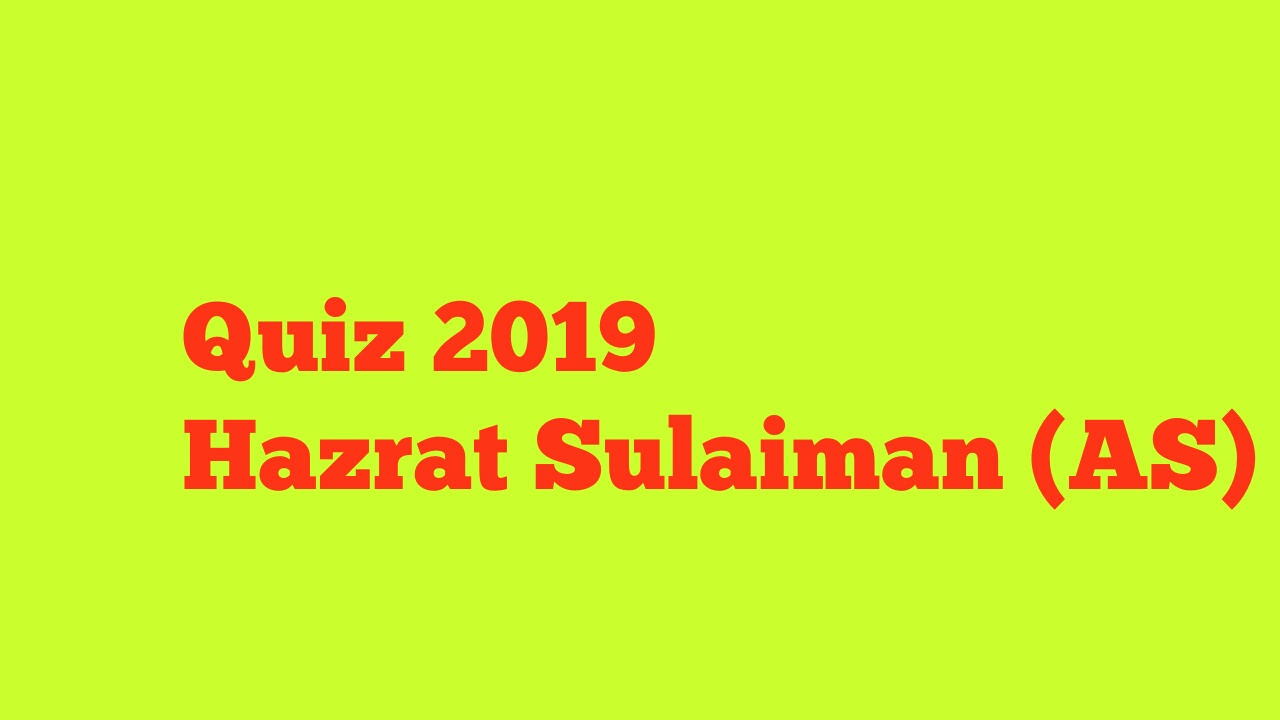Answers of Quiz 1822 (World Pneumonia Day)
1. On 12 November every year
2. (C) One or both lungs
3. Symptoms: Cough, fever, shaking chills, shortness of breath
4. Your lungs make crackling, bubbling & rumbling sounds when you inhale.
5. Bacteria, Viruses, Mycoplasmas, other infectious agents such as fungi, various chemicals cause Pneumonia.
6. Risk factors of Pneumonia are:
i. Cigarette smoking
ii. Recent viral respiratory infection- a cold, laryngitis, influenza, etc
iii. Difficulty swallowing (due to stroke, dementia, Parkinson's disease, or other neurological conditions)
iv. Chronic lung disease such as COPD, bronchiectasis or cystic fibrosis
v. Cerebral palsy
vi. Other serious illnesses, such as heart disease, liver cirrhosis or diabetes
vii. Living in a nursing facility
viii. Impaired consciousness (loss of brain function due to dementia, stroke or other neurologic conditions)
ix. Recent surgery or trauma
x. Having a weakened immune system due to illness, certain medications & autoimmune disorders
7. It can be cured by vaccination & antibiotics.
8. Amoxicillin is an antibiotic for Pneumonia.
9. Medications for Pneumonia are: Amantadine or rimantadine, Zanamivir or oseltamivir
10. Pneumonia affects Respiratory System.
11. Yes, it is a lung infection.
12. Pneumonia is the number one infectious killer of children under age 5 worldwide.
13. Yes, household air is a major cause of Pneumonia.
14. Pneumonia kills 1.6 Million under 5 children annually.
15. Pneumonia affects 450 Million (7% of population) persons per year globally.
16. COPD = Chronic obstructive Pulmonary Disease
17. COLD = Chronic Obstructive Lung Disease
18. GAVI = Global Alliance for Vaccines & Immunization
19. Chest X-ray is an X-ray of the chest, lungs, heart, large arteries, ribs & diaphragm.
20. CBC Blood Test is to check WBC count.
21. CT Scan is of chest to see how the lungs are functioning.
22. Bronchoscopy is a procedure used to look into lungs, airways, which would be performed if you are hospitalized & antibiotics are not working well.
23. Namoonia
24.
2. (C) One or both lungs
3. Symptoms: Cough, fever, shaking chills, shortness of breath
4. Your lungs make crackling, bubbling & rumbling sounds when you inhale.
5. Bacteria, Viruses, Mycoplasmas, other infectious agents such as fungi, various chemicals cause Pneumonia.
6. Risk factors of Pneumonia are:
i. Cigarette smoking
ii. Recent viral respiratory infection- a cold, laryngitis, influenza, etc
iii. Difficulty swallowing (due to stroke, dementia, Parkinson's disease, or other neurological conditions)
iv. Chronic lung disease such as COPD, bronchiectasis or cystic fibrosis
v. Cerebral palsy
vi. Other serious illnesses, such as heart disease, liver cirrhosis or diabetes
vii. Living in a nursing facility
viii. Impaired consciousness (loss of brain function due to dementia, stroke or other neurologic conditions)
ix. Recent surgery or trauma
x. Having a weakened immune system due to illness, certain medications & autoimmune disorders
7. It can be cured by vaccination & antibiotics.
8. Amoxicillin is an antibiotic for Pneumonia.
9. Medications for Pneumonia are: Amantadine or rimantadine, Zanamivir or oseltamivir
10. Pneumonia affects Respiratory System.
11. Yes, it is a lung infection.
12. Pneumonia is the number one infectious killer of children under age 5 worldwide.
13. Yes, household air is a major cause of Pneumonia.
14. Pneumonia kills 1.6 Million under 5 children annually.
15. Pneumonia affects 450 Million (7% of population) persons per year globally.
16. COPD = Chronic obstructive Pulmonary Disease
17. COLD = Chronic Obstructive Lung Disease
18. GAVI = Global Alliance for Vaccines & Immunization
19. Chest X-ray is an X-ray of the chest, lungs, heart, large arteries, ribs & diaphragm.
20. CBC Blood Test is to check WBC count.
21. CT Scan is of chest to see how the lungs are functioning.
22. Bronchoscopy is a procedure used to look into lungs, airways, which would be performed if you are hospitalized & antibiotics are not working well.
23. Namoonia
24.




Comments
Post a Comment